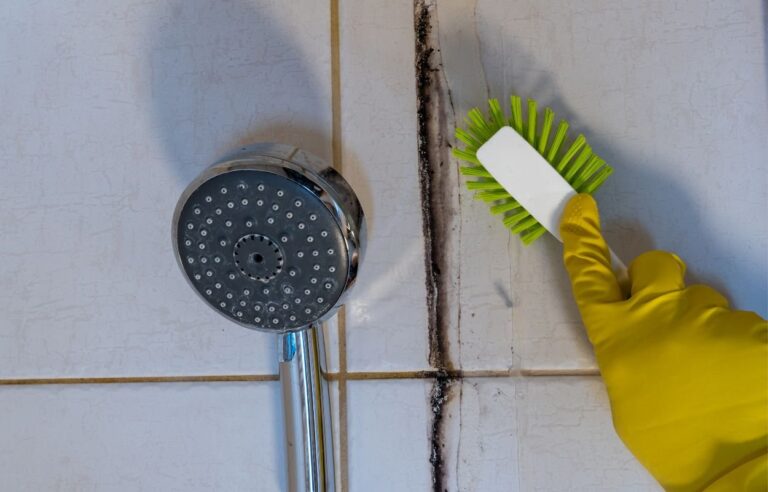As the urban landscape of Nanaimo evolves, the city is increasingly turning to deconstruction as a sustainable alternative to traditional demolition. This blog explores the concept of deconstruction, its benefits, and its impact on Nanaimo’s development.
What is Deconstruction?
Deconstruction is the process of carefully dismantling buildings to salvage materials for reuse, recycling, or repurposing. Unlike traditional demolition, which involves tearing down structures and often results in significant waste, deconstruction focuses on preserving materials in their most useful form. This method not only minimizes environmental impact but also contributes to the circular economy by giving new life to old materials.
The Rise of Deconstruction in Nanaimo
Nanaimo, known for its commitment to sustainability and environmental stewardship, has seen a growing interest in deconstruction. Several factors contribute to this trend:
-
Environmental Concerns: As awareness of environmental issues grows, more developers and property owners in Nanaimo are seeking eco-friendly solutions. Deconstruction significantly reduces landfill waste, decreases carbon emissions, and conserves natural resources by reusing existing materials.
-
Economic Benefits: Salvaged materials can be sold or donated, creating a revenue stream that can offset the costs of deconstruction. Additionally, the resale of high-quality materials, such as timber, bricks, and fixtures, can support local businesses and communities.
-
Regulatory Support: Local government policies in Nanaimo are increasingly favoring sustainable practices. Incentives and regulations that promote deconstruction over demolition are encouraging more developers to adopt this method.
The Deconstruction Process
Deconstruction involves several key steps to ensure materials are salvaged effectively and safely:
-
Assessment: Before deconstruction begins, a thorough assessment of the building is conducted to identify materials that can be salvaged. This includes evaluating the condition and potential reuse value of items such as doors, windows, lumber, and fixtures.
-
Planning: A detailed plan is developed to outline the sequence of deconstruction activities. This plan ensures that materials are removed systematically, preserving their integrity and maximizing their reuse potential.
-
Dismantling: Skilled workers carefully dismantle the building, starting from the roof and working down to the foundation. Specialized tools and techniques are used to remove materials without damaging them.
-
Sorting and Storage: Salvaged materials are sorted, cleaned, and stored for future use. Items that cannot be reused are recycled whenever possible to minimize waste.
-
Repurposing and Sale: Salvaged materials are either repurposed on-site for new construction or sold to businesses and individuals looking for high-quality, reclaimed building supplies.
Success Stories in Nanaimo
Several successful deconstruction projects in Nanaimo highlight the benefits and potential of this approach:
-
Residential Homes: Many old homes in Nanaimo have been deconstructed to make way for new developments. Salvaged materials from these homes have been used in new construction projects, reducing costs and environmental impact.
-
Commercial Buildings: Deconstruction of commercial properties has provided valuable materials for local businesses. Reclaimed timber and bricks have been used in new storefronts and office spaces, adding character and sustainability to the city’s architecture.
The Future of Deconstruction in Nanaimo
As Nanaimo continues to grow, the role of deconstruction in urban development is likely to expand. By prioritizing sustainability and resource conservation, the city can set an example for other communities. Deconstruction not only aligns with Nanaimo’s environmental goals but also supports economic growth and community well-being.
Conclusion
Deconstruction is transforming the way Nanaimo approaches urban development. By embracing this sustainable practice, the city is reducing its environmental footprint, supporting the local economy, and preserving valuable materials for future use. As deconstruction becomes more prevalent, Nanaimo is paving the way for a greener, more sustainable future.





